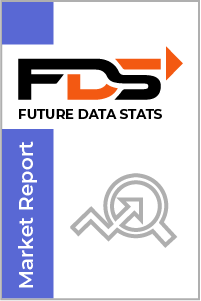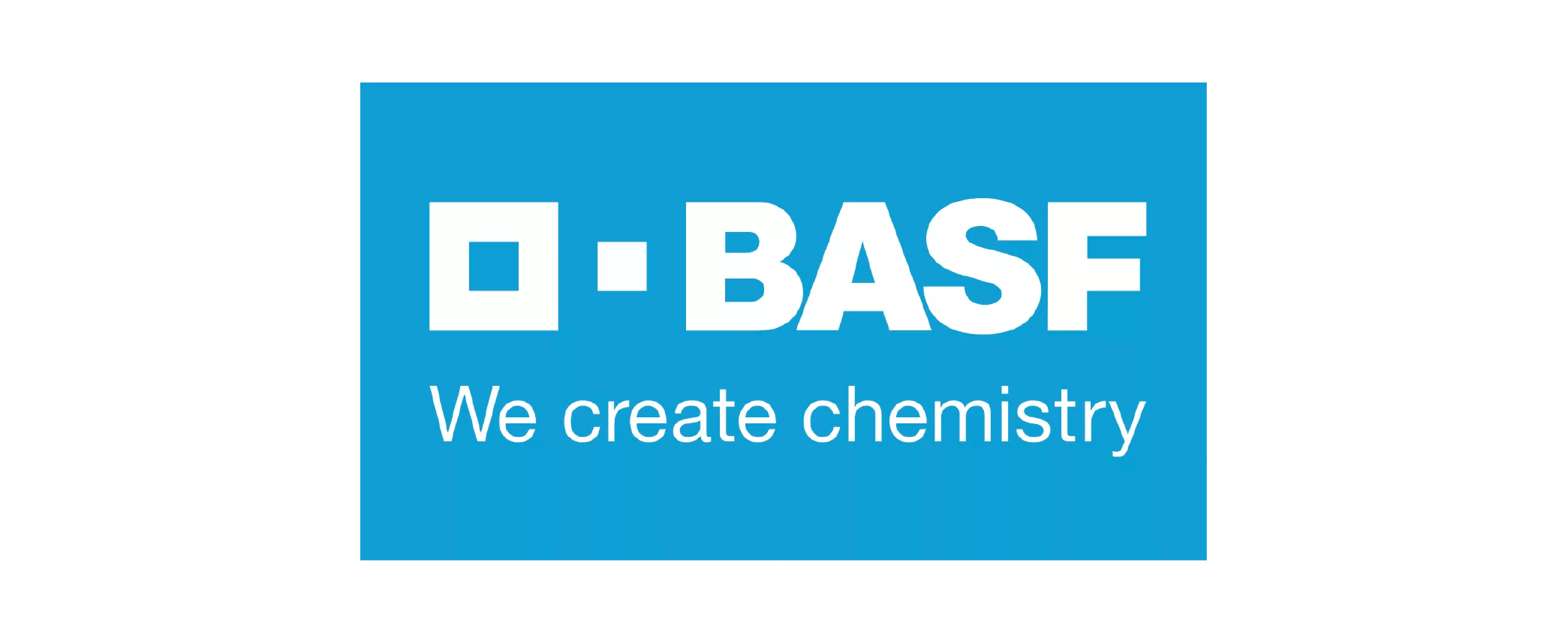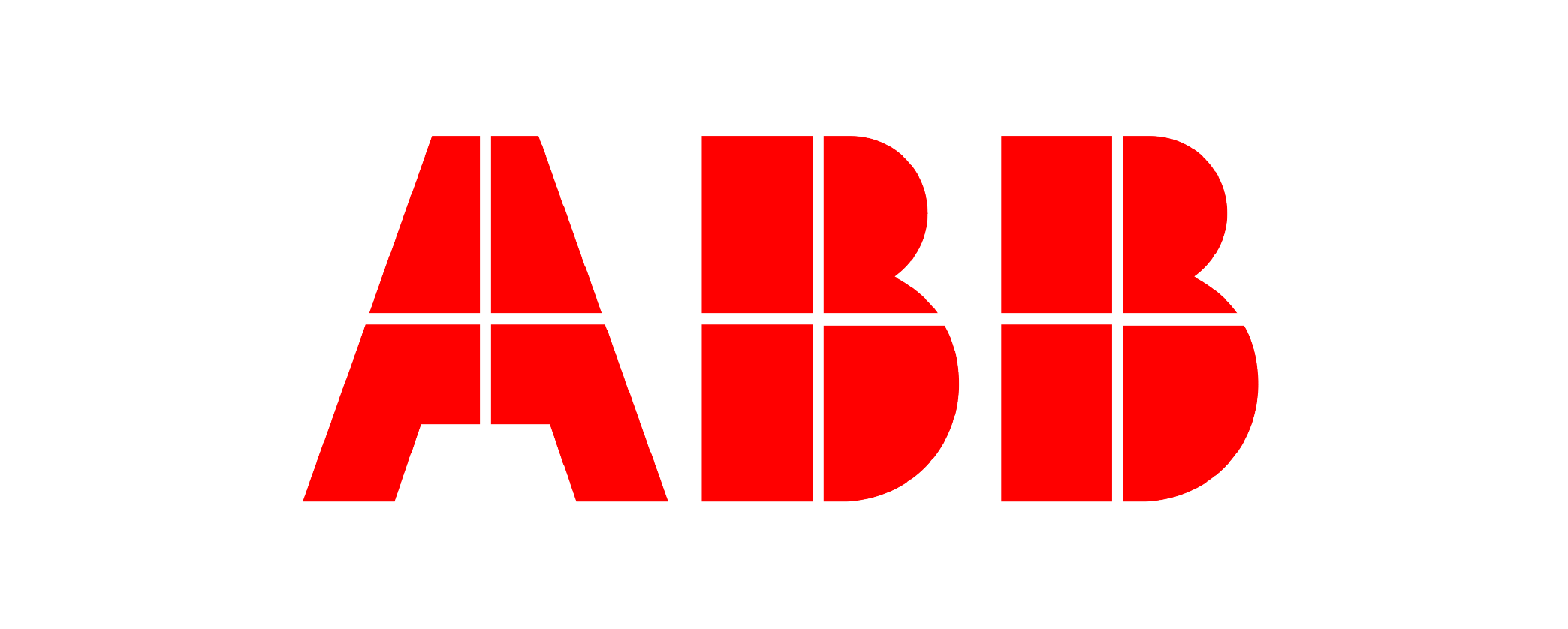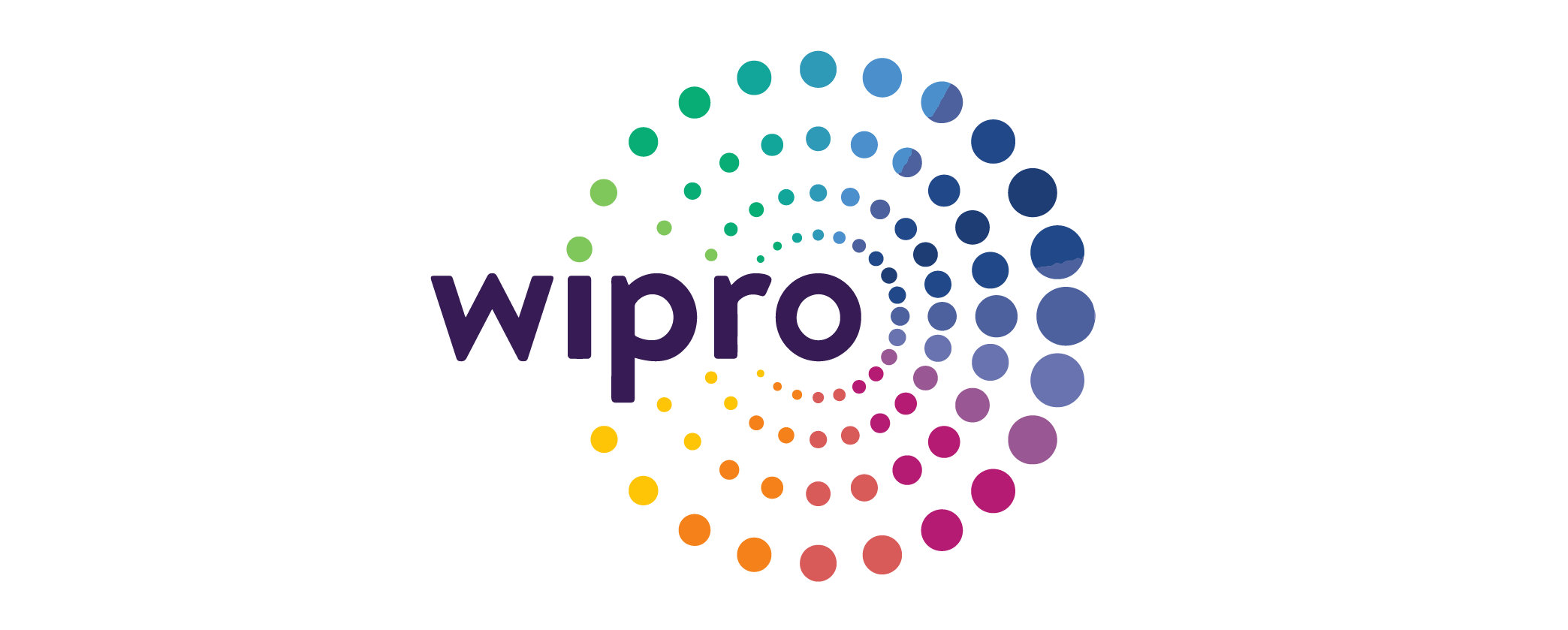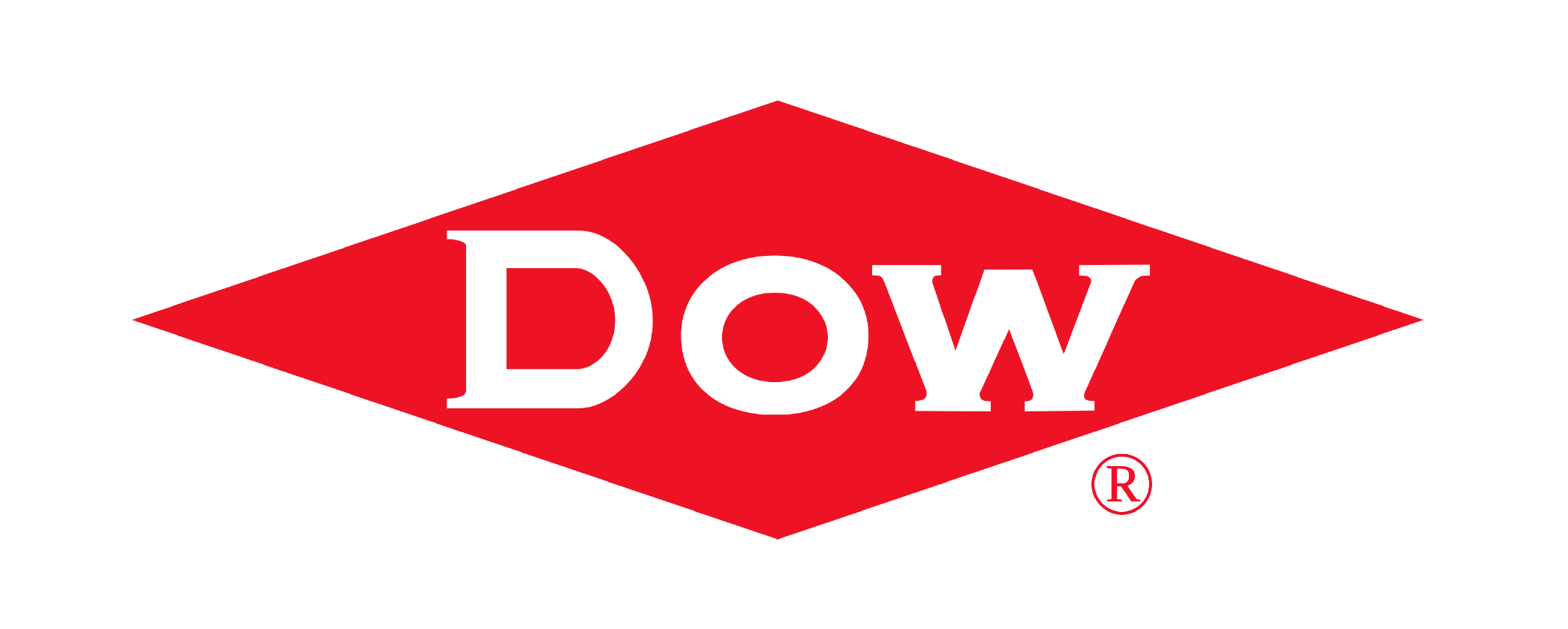The global Vascular Intervention Market size was valued at USD 20 Billion in 2024 and is projected to expand at a compound annual growth rate (CAGR) of 8% during the forecast period, reaching a value of USD 32 Billion by 2032.
The "Vascular Intervention Market Research Report" by Future Data Stats provides an in-depth examination of the market landscape, utilizing historical data from 2021 to 2023 to identify key trends and growth patterns. Setting 2024 as the foundational year, the report explores consumer behavior, competitive forces, and regulatory frameworks that influence the industry. It transcends basic analysis, delivering a thoroughly researched forecast extending from 2025 to 2033. By employing sophisticated data analysis methodologies, the report not only outlines the market's growth trajectory but also uncovers emerging opportunities and foresees potential obstacles, empowering stakeholders with vital insights to adeptly navigate the changing market landscape.
MARKET OVERVIEW:
The vascular intervention market focuses on medical procedures designed to treat diseases and disorders affecting the blood vessels. These interventions are used to restore proper blood flow, manage blockages, and treat conditions such as coronary artery disease, peripheral artery disease, and varicose veins. Various techniques, including angioplasty, stent placement, and minimally invasive surgeries, play a key role in addressing these vascular issues, enhancing patient health and quality of life. For market purposes, the vascular intervention sector encompasses products, procedures, and services that support the diagnosis, treatment, and management of vascular diseases. The market includes the devices used in interventions like catheters, balloons, and stents, as well as the healthcare facilities that offer these services, such as hospitals, surgical centers, and cardiology clinics. This market is influenced by advancements in technology, increasing awareness of vascular health, and the rising prevalence of vascular-related conditions across the globe.
MARKET DYNAMICS:
The latest trends in the vascular intervention market highlight a growing shift toward minimally invasive procedures. These techniques, such as angioplasty and stent placement, are becoming increasingly popular due to their ability to reduce recovery times, minimize complications, and improve patient outcomes. Technological advancements, like drug-coated stents and advanced imaging systems, are further enhancing the effectiveness and precision of these procedures. The rising focus on outpatient care and the expansion of ambulatory surgical centers are also shaping the market, as these facilities offer cost-effective and efficient alternatives to traditional hospital settings. Looking ahead, the vascular intervention market is expected to witness significant growth driven by advancements in artificial intelligence and robotics. These innovations are set to revolutionize diagnostics and procedural accuracy, offering real-time guidance during interventions. Moreover, the increasing prevalence of lifestyle diseases such as diabetes and hypertension will contribute to the rising demand for vascular treatments. As healthcare systems globally continue to prioritize early intervention and prevention, the market's business scope will expand, creating opportunities for companies to introduce new products and services that cater to a broader patient base.
Healthcare providers adopt advanced technologies, innovative devices are becoming essential for effective treatment. Additionally, the aging population contributes significantly to the demand for vascular interventions, as older adults are more susceptible to vascular conditions. The push for minimally invasive procedures further accelerates market expansion, as patients and clinicians seek options that reduce recovery time and enhance outcomes. However, the market also faces challenges that could hinder its growth. High procedural costs and stringent regulatory requirements pose significant barriers for manufacturers and healthcare facilities. Moreover, the lack of skilled professionals in certain regions limits the adoption of advanced vascular intervention techniques. Despite these challenges, opportunities abound. Emerging markets present untapped potential, where increased healthcare spending can facilitate the growth of vascular interventions. Additionally, ongoing research and development efforts promise to introduce novel treatments, further enhancing the market landscape.
Vascular Intervention Market SEGMENTATION ANALYSIS
BY TYPE:
Balloon angioplasty plays a pivotal role in treating narrowed or blocked blood vessels, often as the first-line treatment for peripheral artery disease (PAD). The procedure involves inserting a balloon catheter into the affected artery and inflating it to widen the vessel, restoring blood flow. Stent placement is commonly used in conjunction with balloon angioplasty, where a stent is deployed to keep the artery open long-term. This treatment is essential for patients with coronary artery disease, ensuring improved blood circulation and reducing the risk of further blockages. Atherectomy is another critical technique that removes plaque buildup from blood vessels, improving circulation by physically cutting away obstructive material.
This intervention is especially beneficial for patients with calcified or hard plaques that resist balloon inflation. Thrombectomy, on the other hand, focuses on removing blood clots from blocked arteries, making it vital for treating acute conditions like ischemic strokes and deep vein thrombosis. Endovenous Laser Treatment (EVLT) is widely used in varicose vein treatments, where lasers are applied to seal off malfunctioning veins, alleviating symptoms and preventing complications associated with chronic venous insufficiency.
BY PROCEDURE:
Open surgery has long been the standard for complex vascular conditions, offering a more traditional approach to treat severe cases of arterial blockages, aneurysms, and vascular malformations. This invasive procedure requires larger incisions and extended recovery times but remains critical in emergencies where other treatments might not be effective. Minimally invasive surgery, however, has rapidly gained popularity, offering numerous advantages such as reduced recovery time, smaller incisions, and less trauma to the patient. Techniques like angioplasty, stent placement, and endovenous laser treatments are all forms of minimally invasive procedures that help patients return to normal life quicker, driving their increasing demand across the market.
These less invasive techniques also reduce the risk of complications such as infection and bleeding, which makes them a preferred choice for many healthcare providers. The shift towards minimally invasive surgeries aligns with the growing preference for outpatient procedures and the expansion of ambulatory surgical centers, further propelling the growth of vascular intervention options globally.
BY PRODUCT:
Stents are essential products in vascular interventions, helping maintain blood flow by keeping arteries open after procedures like angioplasty. They are often coated with medications to prevent restenosis, ensuring long-term benefits for patients. Catheters are another critical component, serving as a conduit for the insertion of balloons, stents, or other devices during vascular procedures. Their design and durability are key factors in the successful execution of these interventions. Balloons used in procedures like balloon angioplasty help in the mechanical widening of blood vessels, improving blood flow by compressing plaque or widening constricted arteries. Guidewires are the instruments that enable the precise placement of balloons and stents within the blood vessels, offering essential flexibility and control during interventions. Sheaths, which are used to protect the vessel walls during catheter and balloon insertion, help minimize damage to the arterial lining, ensuring smooth and safe navigation through the vascular system.
Each of these products plays a vital role in ensuring the effectiveness of vascular interventions, contributing to better patient outcomes and increasing the demand for advanced, high-quality devices in the market.
BY APPLICATION:
Coronary artery disease (CAD) remains one of the leading causes of death worldwide, driving the demand for vascular interventions aimed at restoring blood flow to the heart. Balloon angioplasty, stenting, and bypass surgery are commonly used treatments for CAD, each addressing different severity levels of the disease. Peripheral artery disease (PAD) is another significant application for vascular interventions, affecting the limbs due to narrowed arteries. Procedures such as atherectomy and thrombectomy are routinely performed to restore circulation in the legs, improving mobility and quality of life for patients.
Carotid artery disease, which leads to strokes, benefits from interventions like carotid artery stenting and endarterectomy, aiming to reduce the risk of fatal blockages. Varicose veins, affecting the legs, can be treated effectively through minimally invasive treatments such as EVLT, which offers relief from discomfort and prevents further complications. Additionally, interventions for aortic aneurysms and chronic venous insufficiency are becoming more common, with new technologies offering more efficient and safer ways to treat these serious vascular conditions.
BY END-USER:
Hospitals continue to dominate the vascular intervention market as primary healthcare institutions where most of the invasive and critical procedures are performed. Hospitals have the infrastructure and expertise necessary to carry out high-risk surgeries and complex treatments that require round-the-clock monitoring and care. Ambulatory surgical centers (ASCs) are increasingly gaining traction as they provide an efficient, cost-effective alternative for minimally invasive vascular interventions. These centers are especially popular for outpatient procedures such as stent placement, atherectomy, and thrombectomy, as they offer shorter recovery times and lower overhead costs compared to hospitals. Cardiology clinics also play a significant role in vascular interventions, especially in the treatment of coronary artery disease and peripheral artery disease.
These specialized clinics are equipped to offer diagnostic services, angioplasty, stent placements, and follow-up care, making them critical for managing vascular health, particularly in outpatient settings. The growing preference for ASCs and clinics aligns with the overall trend of minimizing hospital stays and reducing healthcare costs.
REGIONAL ANALYSIS:
North America is driven by the region's advanced healthcare infrastructure, widespread adoption of minimally invasive procedures, and high healthcare spending. The United States, in particular, leads the market with increasing demand for treatments related to coronary artery disease, peripheral artery disease, and varicose veins. The presence of major medical device manufacturers and continuous technological innovations in vascular treatment further boost market growth. Additionally, the aging population in North America contributes significantly to the rising incidence of vascular diseases, further expanding the demand for vascular interventions.
In Europe, the vascular intervention market is shaped by a growing preference for advanced technologies and a strong focus on improving patient outcomes through minimally invasive procedures. The region's aging population, along with the increasing prevalence of chronic conditions like peripheral artery disease, drives the demand for more efficient treatment options. Healthcare reforms in countries like the UK, Germany, and France focus on reducing hospital stays and promoting outpatient procedures, which contributes to the expansion of the market. Furthermore, ongoing collaborations between healthcare providers and medical device manufacturers are expected to accelerate the development and adoption of new vascular intervention technologies across Europe.
MERGERS & ACQUISITIONS:
- In Jan 2024: Boston Scientific acquired a vascular intervention startup to expand its portfolio.
- In Feb 2024: Medtronic launched a new drug-eluting stent for peripheral artery disease.
- In Mar 2024: Abbott Laboratories received FDA approval for its next-gen vascular closure device.
- In Apr 2024: Terumo Corporation acquired a European vascular device manufacturer.
- In May 2024: Philips expanded its intravascular imaging solutions with a new product launch.
- In Jun 2024: Cardinal Health partnered with a tech firm to enhance vascular robotics.
- In Jul 2024: BD (Becton Dickinson) acquired a catheter-based intervention company.
- In Aug 2024: Cook Medical introduced a next-generation embolization device.
- In Sep 2024: Biotronik received CE mark for its bioresorbable vascular scaffold.
- In Oct 2024: Penumbra, Inc. launched a new thrombectomy system for vascular applications.
- In Nov 2024: Johnson & Johnson divested its non-core vascular intervention assets.
- In Dec 2024: AngioDynamics announced a strategic collaboration for vascular access innovations.
KEY MARKET PLAYERS:
- Boston Scientific
- Medtronic
- Abbott Laboratories
- Cardinal Health
- Becton, Dickinson and Company (BD)
- Terumo Corporation
- Cook Medical
- Braun Melsungen AG
- Biotronik
- Philips
- Johnson & Johnson
- Penumbra, Inc.
- Endologix LLC
- AngioDynamics
- MicroPort Scientific Corporation
- Lombard Medical Technologies
- Spectranetics (Philips)
- L. Gore & Associates
- Getinge AB
- Merit Medical Systems
Vascular Intervention Market: Table of Contents
Introduction
- Market Definition
- Scope of Study
- Research Methodology
- Assumptions and Limitations
Executive Summary
- Key Findings
- Market Trends
- Market Opportunity
Market Dynamics
- Drivers
- Restraints
- Opportunities
- Challenges
Market Segmentation
- By Type
- By Procedure
- By Product
- By Application
- By End-User
Competitive Landscape
- Market Share Analysis
- Key Strategies
- Key Developments
Company Profiles
- Company Overview
- Product Portfolio
- Financials
- Recent Developments
Conclusion
- Market Outlook
- Future Trends
Appendix
- Data Sources
- Abbreviations and Acronyms
- Disclaimer
Vascular Intervention Market Segmentation
By Type:
- Balloon Angioplasty
- Stent Placement
- Atherectomy
- Thrombectomy
- Endovenous Laser Treatment (EVLT)
By Procedure:
- Open Surgery
- Minimally Invasive Surgery
By Product:
- Stents
- Catheters
- Balloons
- Guidewires
- Sheaths
By Application:
- Coronary Artery Disease
- Peripheral Artery Disease
- Carotid Artery Disease
- Varicose Veins
- Aortic Aneurysm
- Chronic Venous Insufficiency
By End-User:
- Hospitals
- Ambulatory Surgical Centers
- Cardiology Clinics
By Geography:
- North America (USA, Canada, Mexico)
- Europe (UK, Germany, France, Italy, Spain, Rest of Europe)
- Asia-Pacific (China, Japan, Australia, South Korea, India, Rest of Asia-Pacific)
- South America (Brazil, Argentina, Rest of South America)
- Middle East and Africa (GCC Countries, South Africa, Rest of MEA)
WHY SHOULD YOU INVEST IN A MARKET RESEARCH REPORT?
Smarter Business Decisions:
A high-quality market research report delivers valuable insights into industry trends, customer preferences, and competitor strategies. With solid data guiding your choices, you can minimize risks and confidently pursue new opportunities—whether launching a product or expanding into new markets.
Spot Hidden Opportunities:
Market research uncovers unmet customer needs and emerging trends before they become mainstream. By aligning your products or services with these opportunities, you can stay ahead of the competition and capture untapped demand.
Know Your Competition Inside Out:
Gain a clear picture of your competitors' strengths, weaknesses, and strategies. This knowledge helps you refine your unique selling points, craft stronger positioning, and outmaneuver rivals effectively.
Sharper, More Effective Marketing:
Understanding your audience is key to successful marketing. Market research reveals who your customers are, what drives their decisions, and how they engage with brands. With these insights, you can create tailored campaigns that deliver better results and higher ROI.
Reduce Risks Before They Arise:
Every business move carries some risk—but research helps you anticipate challenges before they become costly. By analyzing market conditions and potential obstacles, you can make proactive adjustments to protect your bottom line and reputation.
Strengthen Your Case for Funding:
Investors and lenders want proof of market potential before backing a business. A well-researched report provides the data-driven evidence they need, boosting your credibility and increasing your chances of securing capital.
Stay Ahead of Industry Shifts:
Markets evolve fast, with new technologies, regulations, and consumer behaviors constantly reshaping the landscape. Regular market research ensures you stay informed, adapt quickly, and maintain a competitive edge in your industry.
RESEARCH METHODOLOGY AT FUTURE DATA STATS
At Future Data Stats, we combine decades of industry expertise with cutting-edge research techniques to deliver unparalleled market intelligence. Our team of seasoned analysts employs a dynamic, data-driven approach to uncover actionable insights, helping businesses navigate complex market landscapes with confidence.
Comprehensive & Cutting-Edge Market Analysis
We go beyond surface-level trends to provide a 360-degree view of market dynamics. Our research methodology is designed to:
✔ Accurately assess market size, growth patterns, and competitive landscapes.
✔ Identify emerging opportunities through real-time trend analysis and predictive modeling.
✔ Validate findings with high-quality data, expert consultations, and independent verification.
Our insights empower decision-makers with strategic clarity, ensuring they stay ahead in rapidly evolving industries.
Multi-Source Data Collection & Validation
We leverage a diverse mix of primary and secondary research sources, including:
- In-depth stakeholder interviews (industry leaders, suppliers, distributors, and end-users)
- Statistical databases & market reports from authoritative global sources
- Regional market intelligence to capture localized trends and demand shifts
- Proprietary analytical models tailored to specific industry needs
- By cross-verifying data from multiple streams, we ensure maximum accuracy and reliability.
Key Advantages of Our Research Approach
- Actionable Intelligence – Clear, data-backed recommendations for strategic planning.
- Technology-Enhanced Accuracy – Advanced tools for data validation and trend forecasting.
- Unbiased Insights – Independent analysis free from external influence.
Our Two-Tier Research Framework
- Primary Research – Direct Industry Engagement
- Expert Interviews: Over 25+ hours of discussions with key stakeholders across the value chain.
- Targeted Surveys: Structured questionnaires for KOLs (Key Opinion Leaders) to gauge market sentiment.
- Competitive Benchmarking: Assessing leading players to determine market positioning.
- Secondary Research – Extensive Data Synthesis
- Analysis of 3,000+ documents, including industry reports, whitepapers, and regulatory publications.
- Global & regional data mining from government databases, trade journals, and financial reports.
- Macroeconomic & sector-specific trend mapping for long-term forecasting.
Dual Analytical Approach
We employ both top-down and bottom-up methodologies to ensure precision:
- Bottom-Up Analysis: Calculating market size from granular data, ensuring detailed accuracy.
- Top-Down Assessment: Validating findings through macroeconomic indicators and industry benchmarks.
Why Choose Future Data Stats?
✔ 70+ years of collective expertise in market intelligence.
✔ Customized research models for sector-specific accuracy.
✔ Transparent, reliable, and forward-thinking insights.
With Future Data Stats, you don’t just get data—you get a strategic advantage. Partner with us to unlock the full potential of your market decisions.
Vascular Intervention Market Dynamic Factors
Drivers:
- Growing prevalence of cardiovascular diseases increases demand for vascular interventions.
- Rising geriatric population drives the need for vascular procedures.
- Technological advancements improve the effectiveness and safety of interventions.
- Increasing awareness of early detection and treatment of vascular disorders.
Restraints:
- High cost of vascular intervention procedures limits accessibility.
- Risk of complications and side effects associated with procedures.
- Lack of skilled professionals hinders widespread adoption.
- Regulatory challenges delay product approvals and market entry.
Opportunities:
- Expanding healthcare infrastructure in emerging economies offers growth potential.
- Innovations in minimally invasive techniques create new market avenues.
- Collaborations between key players drive product development and reach.
- Rising demand for non-invasive treatments boosts market prospects.
Challenges:
- Limited reimbursement policies for advanced vascular procedures.
- Lack of patient awareness in rural areas affects market penetration.
- Competition from alternative treatment methods poses market challenges.
Vascular Intervention Market Regional Key Trends Analysis
North America:
- Increasing adoption of minimally invasive procedures.
- Surge in outpatient and ambulatory care centers for vascular interventions.
- Growing government focus on reducing healthcare costs through early vascular treatments.
Europe:
- Advancements in vascular surgery technologies.
- Rise in vascular surgeries due to aging populations.
- Growing preference for non-invasive options in treating peripheral artery disease.
Asia Pacific:
- Expanding healthcare infrastructure supports market growth.
- Increasing awareness of cardiovascular health among urban populations.
- Rising demand for affordable vascular intervention options in emerging economies.
Latin America:
- Growing healthcare investments improve access to vascular treatments.
- Increased healthcare spending drives demand for better medical equipment.
- Surge in cardiovascular diseases among the aging population.
Middle East & Africa:
- Development of medical tourism boosts demand for vascular intervention procedures.
- Increasing government investments in healthcare infrastructure.
- Rising awareness of cardiovascular health issues among young populations.
Frequently Asked Questions
